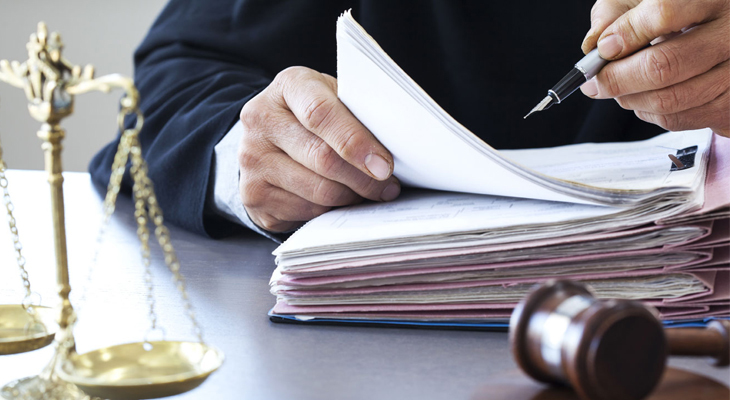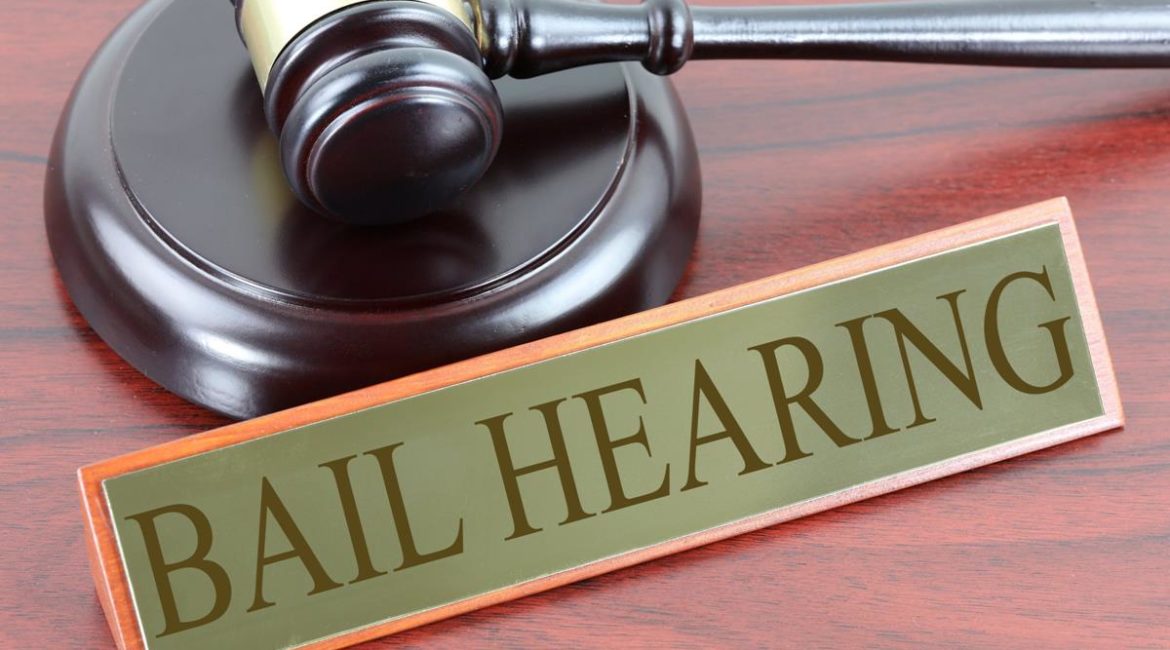"Bail Hearings"
Judicial Interim Release | Bail Hearings | Show Cause Hearings s. 515 of the Criminal Code of Canada
A bail hearing is an informal in-court hearing usually held before a Justice of the Peace; whereby, the Accused is brought into court as expediently as possible (usually on the same date of arrest) to determine whether or not there is grounds for continued detention of the Accused.
What Happens at a Bail Hearing?
The whole purpose of a bail hearing is to determine whether or not an Accused is "releasable" into the community after having been arrested under Criminal Code offences. An Accused is obviously first arrested and taken to a police detachment to be processed. If the Officer in Charge or Sergeant at the detachment deems the individual should be held for a bail hearing and not released directly from the station by way of an Undertaking, the individual is transported to the Court or they appear by way of video conference. Hopefully, before this point, the Accused will have spoken with their lawyer or Duty Counsel from Legal Aid Ontario. Counsel should be notified of potential sureties who are then contacted to see if they are willing to serve as a surety for the Accused. Potential sureties and Defence Counsel will have the sureties vetted by way of police check or criminal record search at the Courthouse. Defence Counsel will determine whether or not potential sureties will make "good sureties" all the while trying to get as much information about the offence from the "Bail Vetter" or the Assistant Crown Attorney working in that particular courtroom on that day and meeting with the Accused in the cells of the Courthouse. It is important to note that having all the "right pieces" come together can be challenging and bail hearings are often "adjourned" or put over to another day in order to select a suitable surety if one exists at all, gather more information about the offence, or make ancillary preparations such as setting up electronic monitoring. If all the pieces come together and the bail vetter is satisfied that the Accused is releasable, the Crown may agree to a "consent release"; whereby, the Crown and the Defence agree to a "bail plan" or a set of conditions the Accused will be legally bound by if released into the community. A bail hearing is still conducted even when both side agree to a consent release and the Justice of the Peace will usually have the surety testify under oath essentially to make sure the surety understands what their obligations are on whether or not the surety knows what steps can be taken to stop being a surety. A "contested bail hearing" arises when the Crown will not consent to the release of the Accused into the community. The Court will be looking at the following Criminal Code section to determine whether or not the denial of bail is justified:
Criminal Code of Canada, s.515(10)
"(10) For the purposes of this section, the detention of the accused in custody is justified only on one or more of the following grounds: (a) where the detention is necessary to ensure his or her attendance in court in order to be dealt with according to law; (b) where the detention is necessary for the protection or safety of the public, including any victim of or witness to the offence, or any person under the age of 18 years, having regard to all the circumstances including any substantial likelihood that the accused will, if released from custody, commit a criminal offence or interfere with the administration of justice; and (c) if the detention is necessary to maintain confidence in the administration of justice, having regard to all circumstances, including (i) the apparent strength of the prosecution's case, (ii) the gravity of the offence, (iii) the circumstances surrounding the commission of the offence, including whether a firearm was used, and (iv) the fact that the accused is liable, on conviction, for a potentially lengthy term of imprisonment or, in the case of an offence that involves, or whose subject-matter is, a firearm, a minimum punishment of imprisonment for a term of three years or more. "
In short, the Court is trying to determine the following:
- Primary Grounds: s. 515(10)(i): Will the Accused show up to Court or will they skip town?
- Secondary Grounds: s. 515(10)(ii): Is it likely the Accused will commit another criminal offence and/or will public safety be threatened if the Accused is released?
- Tertiary Grounds: s. 515(10)(iii): Will the public think the criminal justice system is laughable or not working if the Accused is released?
Note that even if the primary, secondary, or tertiary grounds are satisfied, the proposed bail plan may alleviate any concerns the Court. For example, if the Court has primary or secondary concerns, an ankle bracelet on the individual can be placed on the Accused to reduce the risk of an individual being somewhere they are not supposed to be or place the Accused essentially under house arrest, or restrict communication or attendance between the Accused and a Complainant, etc.

Crown Onus and the Standard of Proof
"Crown Onus": The Crown is responsible or "has the burden" to justify continued detention of the Accused. The standard of proof is on the balance of probabilities. This means that the Crown is responsible for showing the above-state grounds for continued detention of the Accused.
Reverse Onus Situation
"Reverse Onus": The Defence will be responsible or "has the burden"; thereby, the onus or burden being "reversed" usually when the Accused commits another criminal offence after having been released after a bail hearing. Reverse Onus situations also arise when the offence involves criminal organizations, terrorism, Security of Information Act offences, certain weapons and weapons trafficking offences, certain types of sexual assault offences, murder or attempted murder, kidnapping, robbery and extortion. Note in cases where
It is important to note that all Accused are simply individuals simply accused of doing something. They have not been found guilty of anything and it is important to remember this at the bail stage. Bail hearings are not trials as they are informal hearings to determine if an Accused can be released into the community having considered the bail plan in conjunction with the primary, second, and tertiary grounds. The surety plays a very important role in the bail process as they are considered "jail guards/jailers outside of jail/in the community". For more serious offences or repeat offences, the Crown will often want to see a "residential surety" meaning the Accused would live with the surety where the surety can keep an eye on the Accused to ensure they will follow the bail conditions under which the Accused is released.
Many Accused individuals and potential sureties do not release the importance of preparation and a viable plan when conducting a bail hearing. Accused have only "one shot" at judicial interim release at the Ontario Court of Justice level. Therefore, it is prudent to "get it right" the first time. If an Accused loses a bail hearing, they must bring a "bail review" at the Superior Court of Justice which can keep Accused in custody for a longer or indefinite period of time not to mention that it is more costly and time consuming. Thus, it is more prudent to "fall back ten yards and punt" or adjourn the bail hearing to allow time to find proper sureties and establish a viable plan that addresses the Court's potential concerns rather than rushing into an ill prepared bail hearing only to lose and remain in custody indefinitely.
There is so much to "unpack" with respect to the topic of bail hearings and only so much can be covered on this page. If you require our services with respect to a pending bail hearing, do not hesitate to call as "time is of the essence". Call us immediately so that we can meet at the Courthouse in question to begin the process of receiving judicial interim release.

